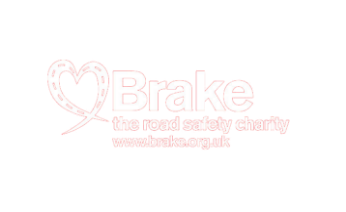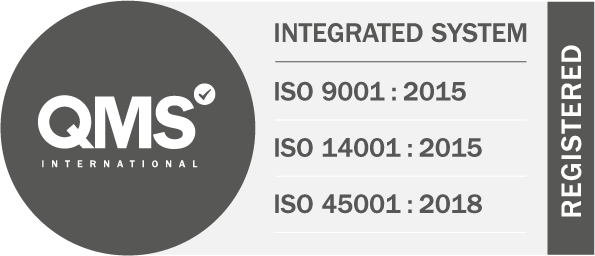10 key facts to avoid incidents caused by tired driving
Preventing tired driving plays a critical role in reducing vehicle incidents and a new guide provides some key facts to help drivers understand the dangers
Tiredness can kill on the road – that is the stark warning from road safety experts who want to raise awareness among drivers to prevent future incidents.
The Driver and Vehicle Licensing Agency has revealed 10 key facts about tired driving and its dangers as part of a guide to driving and tiredness.
Managers can download the guide about the hidden risks of tiredness, which they can share with drivers and business leaders to help support risk management programmes.
The guide explains that every driver knows when they are tired, but many fail to recognise how dangerous it can be if they do not take a break.
Drivers can fall into ‘microsleeps’, progressively longer periods of closing their eyes which, at motorway speeds, could occur over the length of a football pitch; drivers are left defenceless in the event of sudden changes in traffic speed, such as heavy braking.
Reflex Vehicle Hire is pioneering technology to help counter the dangers of tired driving.
Flexinap is a fatigue and distraction monitoring device that helps to ensure drivers are properly alert and rested.
When a driver is on the road, the device monitors their face for signs of fatigue or distraction.
Smart software recognises whether a driver is becoming fatigued and will sound a warning when it detects a problem.
Flexinap acts as an independent safety service to ensure drivers know they must take a break if they exhibit the first warning signs of falling asleep.
Reflex Vehicle Hire technology also includes vehicle cameras, with the option of driver facing units, which can provide vital insight to prevent incidents.
Our Driive with Reflex service also offers third-party monitoring of telematics data, including immediate intervention to brief and support drivers if an alert is triggered, when it is safe to do so.
10 tired driving risks
- Up to one-fifth of accidents on longer roads, such as motorways, may be caused by drivers falling asleep at the wheel or tired driving.
- Modern lifestyles, such as early morning starts, shift work, or late nights, often lead to excessive tiredness by preventing adequate rest.
- Changes in body rhythm produce a natural increased tendency to sleep at two parts of the day:
i. midnight to 6am
ii. 2pm to 4pm
- 18-to-30-year-old males are more likely to fall asleep at the wheel when driving late at night.
- Natural sleepiness/tiredness occurs after eating a large meal.
- Although no one should drink and drive at any time, alcohol consumed in the afternoon may be twice as potent in terms of producing sleepiness and driving impairment as the same amount taken in the evening.
- Prescribed or over-the-counter medication can cause sleepiness as a side effect. Always check the label if you intend to drive.
- Many drivers are unaware that some medical conditions also cause excessive sleepiness/tiredness.
- Sleep apnoea is the most common sleep-related medical disorder.
- All drivers who fall asleep at the wheel have a degree of warning but keep on driving.
You can download the Sleepiness and Tiredness guide here.
For details on Flexinap from Reflex Vehicle Hire, visit our telematics page or contact one of our team of experts.
Share to:
Find out more
Find out how Reflex Vehicle Hire can help your company.
Call 0330 460 9913 or visit our contact us page.








@2x.png)

